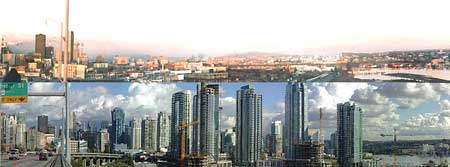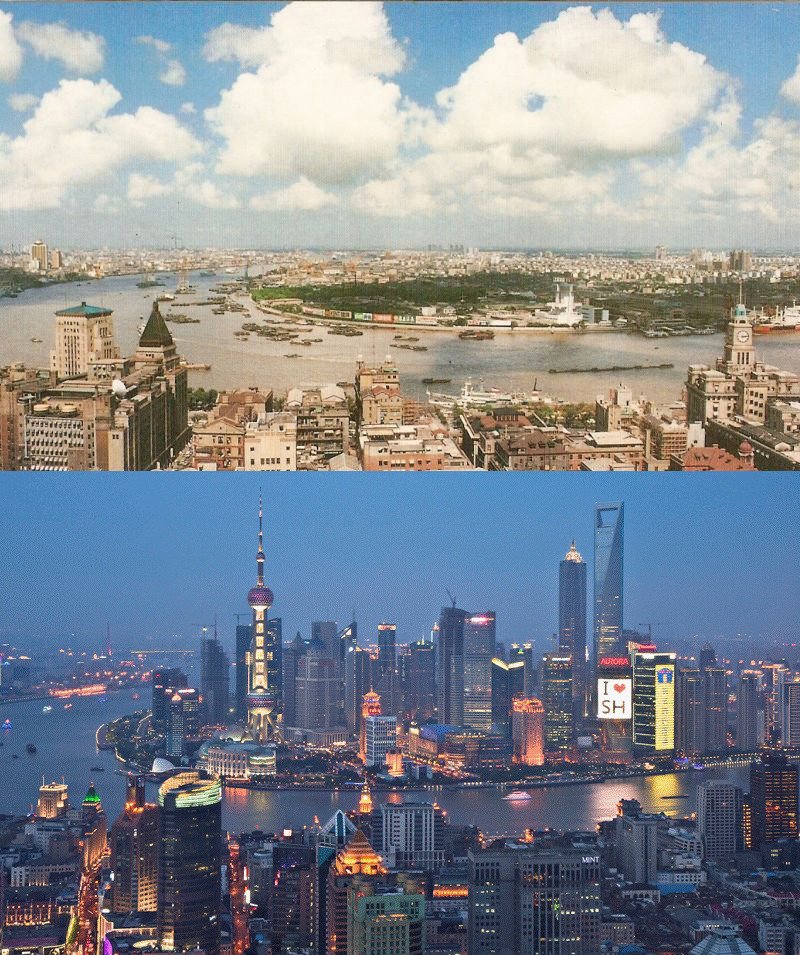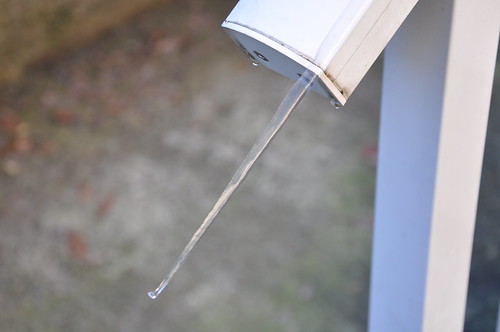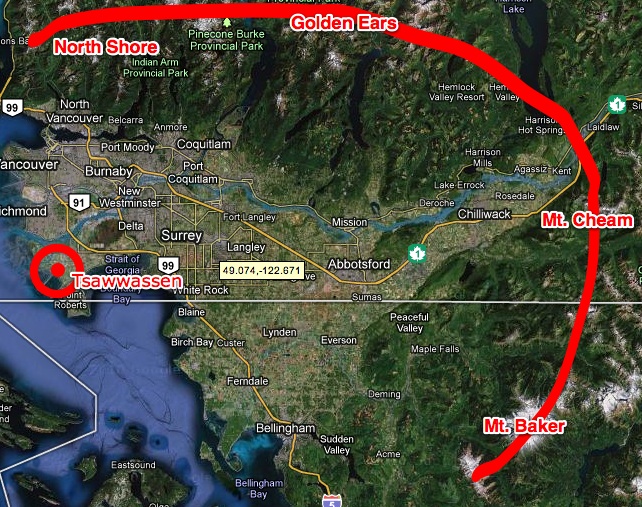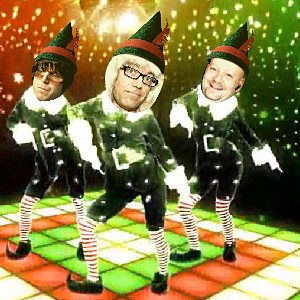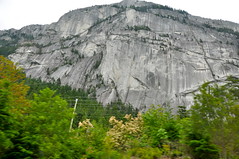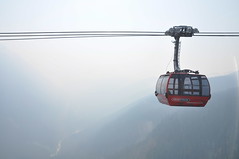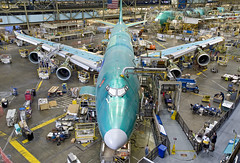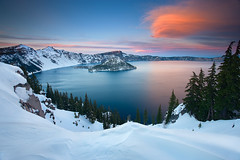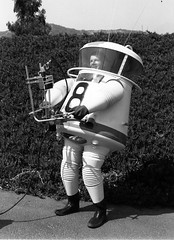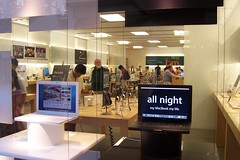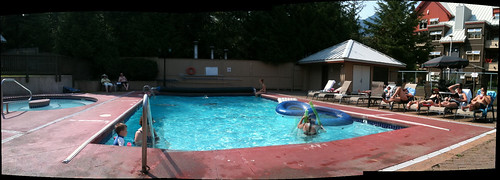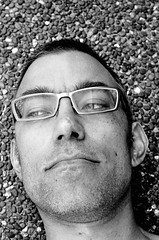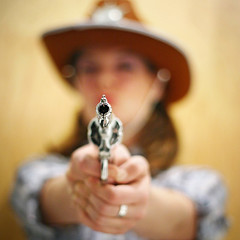 As far as I know, there have only ever been two assassinations of politicians in Canada: the shooting of federal Father of Confederation Thomas D'Arcy McGee in April 1868, and the strangulation of Québec Minister of Labour Pierre Laporte after he was kidnapped during the October Crisis in 1970.
As far as I know, there have only ever been two assassinations of politicians in Canada: the shooting of federal Father of Confederation Thomas D'Arcy McGee in April 1868, and the strangulation of Québec Minister of Labour Pierre Laporte after he was kidnapped during the October Crisis in 1970.
If you're American, that might help explain why we outside your country are so mystified (as well as saddened and horrified) by the bloodshed that has for so long accompanied political discourse in the United States—once again last week. Like the U.S., we have criminals with weapons here: gangsters who shoot up restaurants and busy streets in drug wars; ruthless home-grown terrorists who blow up airliners; men willing to kill their wives or girlfriends or daughters out of anger or spite or a twisted sense of honour; unhinged gunmen who walk into schools. We're not a peace-draped utopia in the Great White North.
A border with a real difference
And yet, the homicide rate in the U.S.A. is three times what we have in Canada. (We do get our cars stolen 22% more often than Americans do, however.) While 70% of murderers in the U.S. use firearms, only 30% in Canada kill with them—roughly the same number that use knives. Guns are harder to get here—both legally and illegally—and the types of weapons and ammunition a private citizen can own are also much more restricted. A mere 2.3% of Canadian homes have handguns in them; nearly ten times as many households own rifles and other hunting-style long guns. A little over 5% of the Canadian population has a valid firearms license, though many more owners remain unregistered.
It's reasonable to guess that there might be as many as 10 to 15 million firearms in Canada, mostly long guns. By contrast, authorities estimate more than 250 million guns in the U.S.A., with roughly 14 million purchased each year. That's something like twice the number of guns per capita (the U.S. population is about ten times Canada's), and more guns bought annually than exist at all north of the border.
Politicians in Canada—especially the Prime Minister, members of the federal Cabinet, and senior ministers in the provinces—certainly have security details. Some may need them more than others, but there's little sense that seeking high political office entails risking your life. None of Canada's 22 prime ministers since Confederation in 1867 has been assassinated, and it's hard to say if the one attempt on Jean Chrétien in 1995 (an intruder with a knife in the PM's official residence) really was one.
No revolution, and Mounties
Like the U.S.A., Canada was (and is) a country of the frontier, with our own Wild West and subjugation of native people, our own hurly-burly industrial-age expansionism, our own 20th-century shift to urban living in polyglot cities. But there was no Canadian Revolution or Civil War. For centuries, the rules and infrastructure of much of our vast country (especially that Wild West) were maintained by the Mounted Police and the Hudson's Bay Company. Our national slogan is not "life, liberty, and the pursuit of happiness," but "peace, order, and good government." We have no gun lobby with anything like the influence of the National Rifle Association.
We have not, in general, turned even the most heated political disagreements into a brawl, or a skirmish, or an internecine war. At rallies or campaign stops, bodyguards' eyes may skim nearby grassy knolls and rooftops, but there has almost never been anything of interest to see. No one in Canada can walk into a store and buy an extended-clip Glock semi-automatic pistol, then put it under his coat, take a cab to a rally, and shoot a Member of Parliament in the head—along with however many bystanders he can hit with his extra rounds.
Nor, does it seem, is anyone inclined to. Whatever the complex stew of influences that prompted alleged assassin Jared Loughner to follow those steps in Arizona last week—delusion and derangement; pervasive rhetoric of government and its agents as the enemy, perhaps even treasonous; easy availability of high-capacity, rapid-shooting handguns; much we don't yet know—the mix north of the border is different.
All but settled
I get little sense that America wants to change its mix, despite losing several important leaders over its history, despite both accidental and intentional gun-related deaths and injuries in the tens of thousands every year, and despite the counter-examples shown by Canada and similar successful western democracies with strict gun laws and generally less violent political rhetoric.
As cartoonist Tom Tomorrow put it, with a U.S. gun-control advocate (a masked penguin) talking to a U.S. gun-rights advocate (a guy in a suit): "The gun control debate is all but settled—and your side won. The occasional horrible civilian massacre is just the price the rest of us have to pay. Over and over again, apparently."
